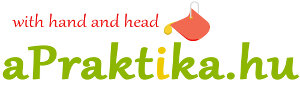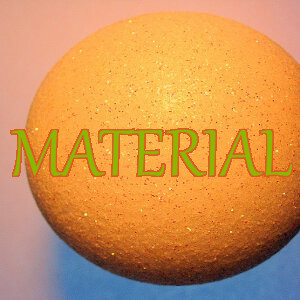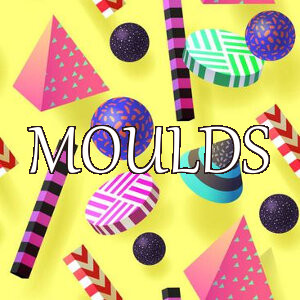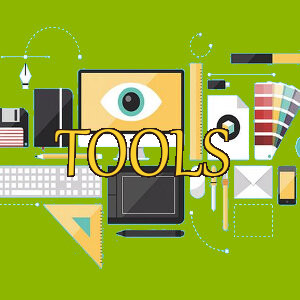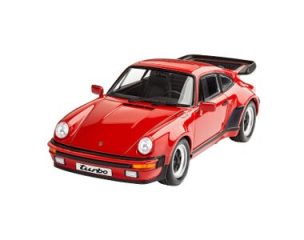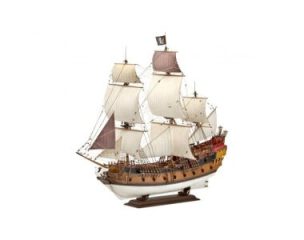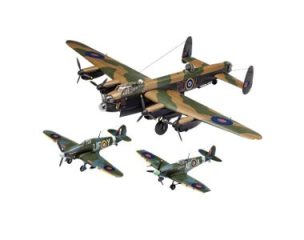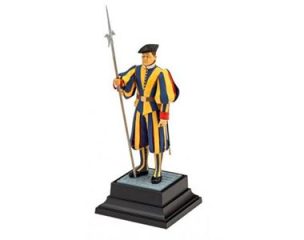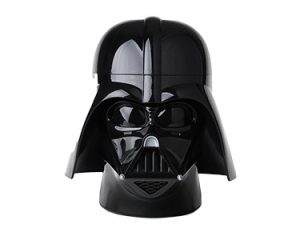Mockups
Mock-ups are a scaled-down, lifelike but non-functional copy of an object, building, sculpture, creature, or vehicle.
One possible categorization is:
- car mock-ups
- flight mock-ups
- ship mock-ups
- dioramas and building models
- mock-up figurines
Mock-up scales range from 1: 6 to 1: 720. The latter is obviously made in large warships, while human-scale objects and creatures are made at the former rate. For cars, the 1:24 and 1:18 scales are the most common.
You will also need other materials and tools to put together the mock-ups, which you can find in separate categories.
Such as e.g. adhesives, paints, spray guns, stickers, etc.
Some mock-ups already include the necessary accessories. This is always indicated on the products.
You'll find below the model building steps:
The car mockups are perhaps the most common type of models, as the cars are also part of our everyday lives. No wonder, that car lovers also often prefer to build and collect model cars as a hobby.
Major categories of car mockups:
- racing car mockups,
- modern car mockups,
- oldtimer car mockups
Model cars are typically made in 1:24 and 1:18 scales.
Ship models are the oldest of all modeling topics.
Such items have also been found from the Egyptian and early Roman times.
Initially, scaled-down replicas and parts of ships were carved from wood.
Today those are mostly made from polystyrene by injection molding.
Because the history of ships embrace such a large historical period larger than e.g. cars, the ship models cover also a very rich history.
Ship models categories:
- Civil Ships models
- Sailboats models,
- Warships models,
- Submarine models
The most typical scale is 1: 350
Flight models are the most popular models for children. This is perhaps due to the fact that so many real or imaginary flights appear in children’s games and science fiction films.
That’s why if you are looking for a gift for your kid the flight model is always a bullseye.
It improves the dexterity and ensures a useful pastime.
Flight model categories are:
- public airflight models,
- military aircraft,
- spacecraft models
- cargo plane models
Their most popular scale is 1:72, but 1:32 and 1:48 is also common.
1: 144 scale is used especially for civil aircraft model.
Mock-up figures are the field of hobby artists. Painting the raw figures is a creative activity and recreation. After the experience gained in figure painting, we can safely try to make our own figures, for which we try to help you with materials and tools.
It is important to know that the price of a mock-up figure shows a relatively large variance, which as a layman we incomprehensibly accept for a piece of a similar size.
The price largely depends on the production technology used and thus on the quality, which mostly indicates a price difference.
The cheapest ones are made by injection molding, which in a large series is very efficient, but the technology is not able to produce figures with very detailed and complicated undercuts.
The most expensive versions require intensive manual labor, with vacuum and / or rotary molding techniques, which are also sold in limited quantities.
The most common scales are 1: 6, 1:10 and 1:18
In the past, metal figures were the most common, today injection molded pieces are mainly made of polystyrene, hand-molded polyurethane.
For those who are thinking of making their own model, we recommend polyurethane or epoxy resin, but children can also try artificial ceramics without any danger.
Model building steps:
- Gluing the elements together in groups
- Filling and grinding joint lines and recesses
- Painting or varnishing of element groups with a brush or paint sprayer
- Assembling and gluing the groups
- Applying stickers, signs
- Special effects e.g. contouring, dirt, wear, abrasion, exposure to mud, snow, rust, etc.
- In order to increase the detail, advanced modelers can also make certain elements separately with the resin casting technique or they even use photo etching and thermal transfer printing.
From the production cost side, the price of the model depends on 3 factors:
- The size of the model
- the quality of the material and
- the production technology used
The difficulty level of the models is denoted by a number between 1 and 5, 1 being the easiest and 5 being the most difficult.
This shows the complexity of the assembly, the difficulty of painting and stickering, the detail itself and the dexterity, experience and assembly time required for this.
